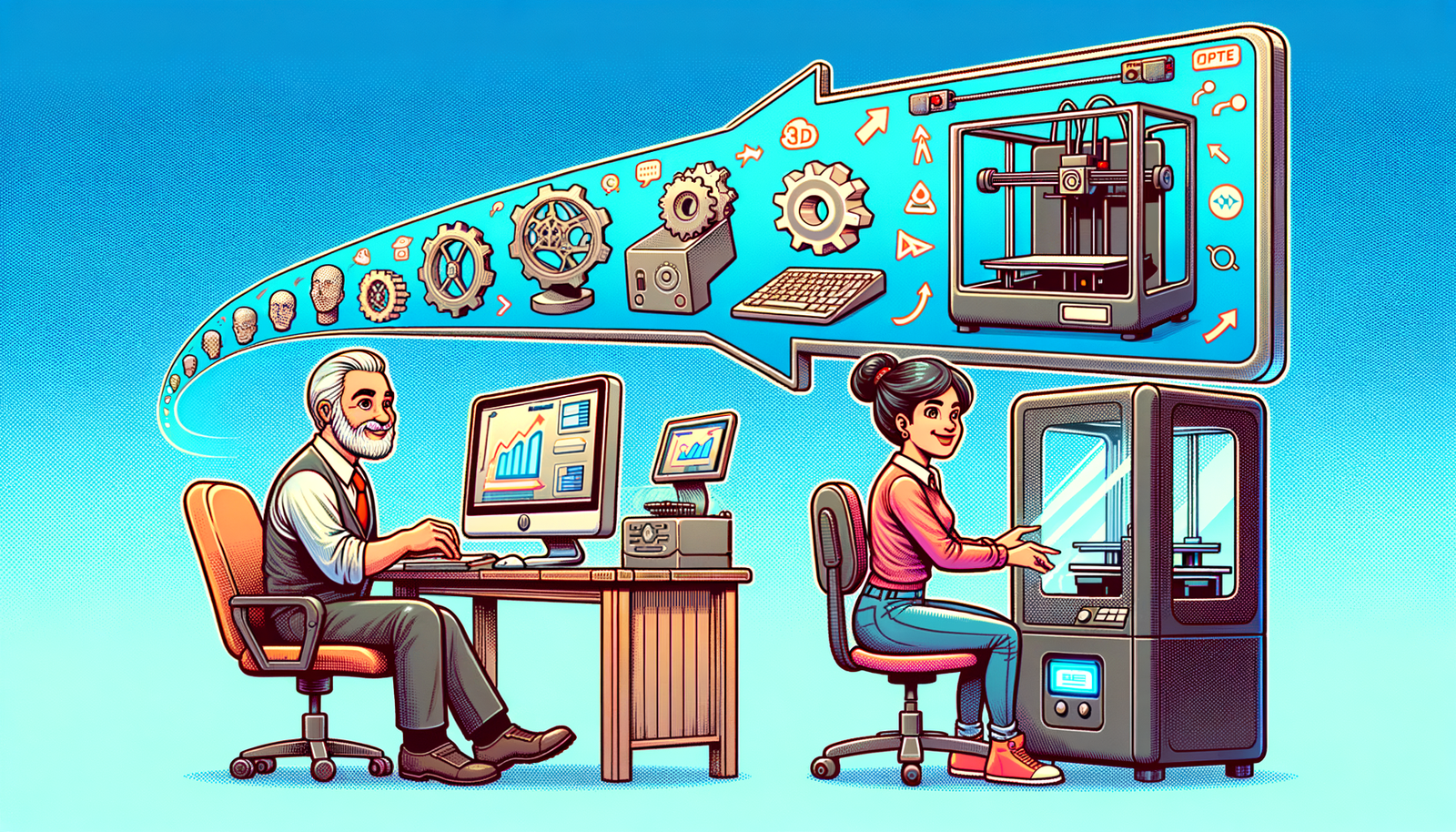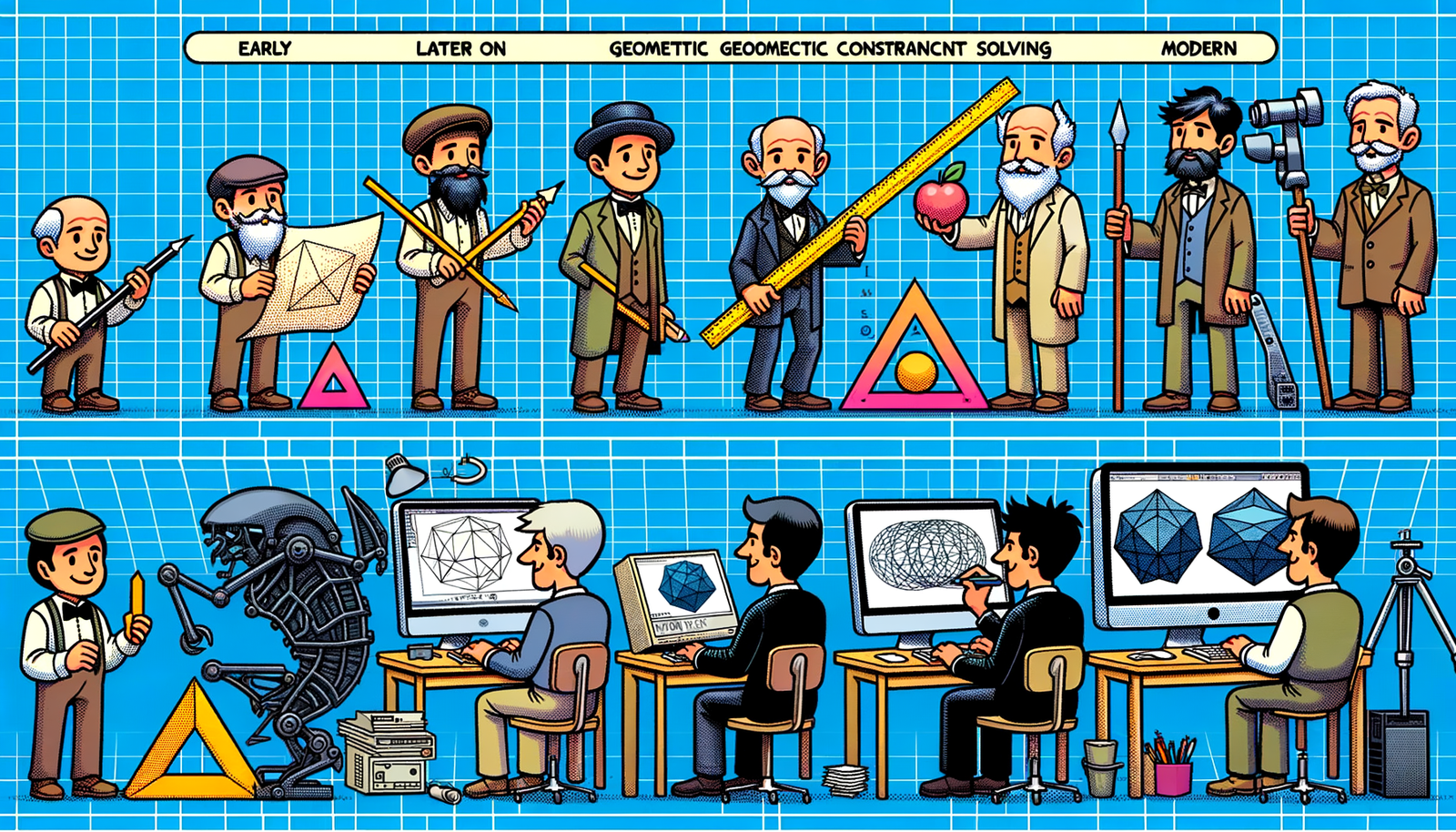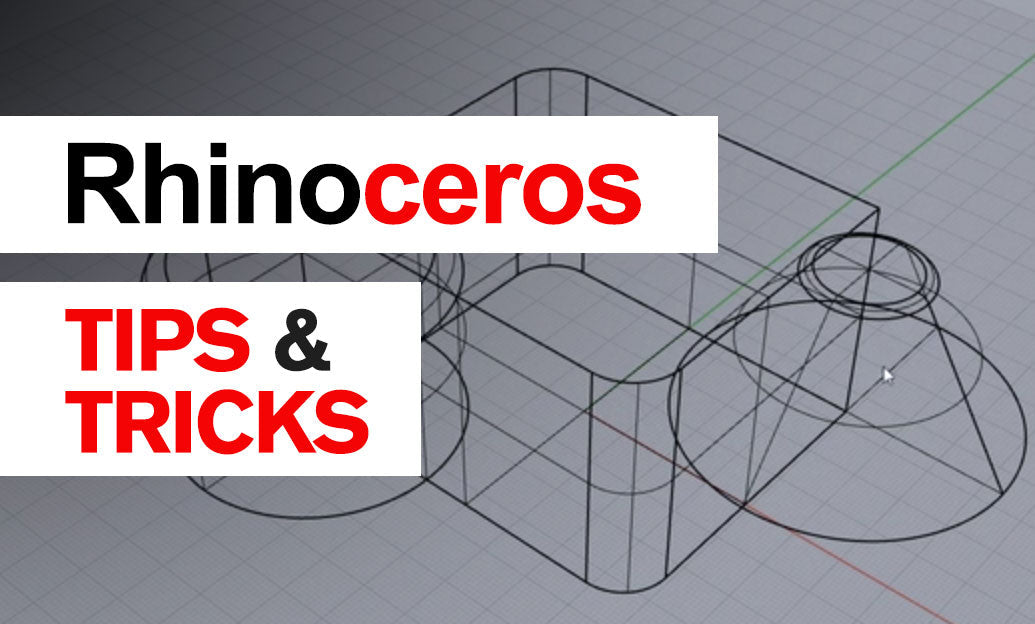Your Cart is Empty
Customer Testimonials
-
"Great customer service. The folks at Novedge were super helpful in navigating a somewhat complicated order including software upgrades and serial numbers in various stages of inactivity. They were friendly and helpful throughout the process.."
Ruben Ruckmark
"Quick & very helpful. We have been using Novedge for years and are very happy with their quick service when we need to make a purchase and excellent support resolving any issues."
Will Woodson
"Scott is the best. He reminds me about subscriptions dates, guides me in the correct direction for updates. He always responds promptly to me. He is literally the reason I continue to work with Novedge and will do so in the future."
Edward Mchugh
"Calvin Lok is “the man”. After my purchase of Sketchup 2021, he called me and provided step-by-step instructions to ease me through difficulties I was having with the setup of my new software."
Mike Borzage
Exploring Additive Manufacturing: Paradigm Shifts, Processes, and Advancements in Design Software
May 08, 2024 3 min read


Understanding Additive Manufacturing
Additive manufacturing (AM) has revolutionized the way we conceive and execute design and production, marking a significant shift from traditional subtractive manufacturing methods. AM refers to a series of processes that create objects by adding material layer by layer, which stands in contrast to subtractive methods that remove material to shape the final product. This paradigm shift allows for intricate designs that were once considered impractical or impossible.
At the core of AM are several key technologies and processes. Selective Laser Sintering (SLS) uses a laser to sinter powdered material, binding it together to form a solid structure. Fused Deposition Modeling (FDM) involves the extrusion of thermoplastic filaments to create parts layer by layer. Stereolithography (SLA) is a vat polymerization technique where a light source cures liquid resin into hardened plastic.
The benefits of AM are evident in rapid prototyping, enabling quick iterations and testing of design concepts. AM also excels in producing parts with complex geometries and allows for a high degree of customization without the need for specialized tooling.
However, AM is not without its challenges. Material limitations, such as available options and behavior under different conditions, structural integrity of printed objects, and extensive post-processing requirements to achieve the desired finish are some of the obstacles to be addressed.
Software Considerations for AM
Design constraints unique to AM include considerations like overhangs, which may require additional support structures, and the precision of layer thickness. These factors must be meticulously planned during the design phase to ensure the success of the print.
Topology optimization is fundamental in AM, focusing on material distribution within a given design space to optimize for weight, strength, and material usage. By doing so, it contributes to reducing material usage and production time, ultimately leading to cost savings and increased efficiency.
Advanced software plays a crucial role in simulating the 3D printing process to predict potential issues such as warping, shrinkage, or structural instability. This simulation enables preemptive adjustments in the design, avoiding costly trial and error.
Proper file preparation is also crucial, with formats like STL, OBJ, and AMF being among the most common. Using the correct file format ensures that the design is accurately transferred to the printing machinery.
Streamlining the Design-to-Print Workflow
The integration of AM-specific design principles into CAD tools has facilitated the adoption of AM across various industries. This integration allows designers to leverage AM capabilities from the outset, building designs that are optimized for this mode of production.
The evolution of slicer software has also had a substantial impact on the success of 3D prints. Slicers convert 3D models into instructions for 3D printers, determining the path of the print head, material flow, and other parameters that influence the quality of the final product.
Case studies across industries demonstrate how software can facilitate efficient workflows. From the automotive sector to consumer electronics, software streamlines the journey from a concept to a finished product, creating a seamless bridge between the digital and physical worlds.
Looking forward, the integration of AI and machine learning is poised to propel predictive design for AM into new frontiers, allowing software to suggest optimizations and predict outcomes with greater accuracy than ever before.
The Future of Design for Additive Manufacturing
AM continues to push boundaries with advancements in multi-material printing and the exploration of gradient material applications. These innovations expand the possibilities for functionality and aesthetics in printed objects.
The advent of 4D printing is also on the horizon, where printed objects can adapt and change in response to environmental stimuli, thanks to adaptive, responsive materials. This fourth dimension of time opens up new possibilities in smart materials and self-assembling structures.
Efforts towards standardization and interoperability in AM software are vital for collaborative work and the broad adoption of these technologies. Establishing common standards will ensure compatibility and ease of use across different platforms and devices.
The implications of advanced AM software extend far into various sectors, including education, healthcare, aerospace, and consumer goods industries. The widespread impact of these technologies stands to revolutionize not just manufacturing, but also the way we approach problem-solving and innovation.
Also in Design News

Bluebeam Tip: Maximize PDF Security and Efficiency with Bluebeam Revu's Flatten Tool
December 02, 2024 1 min read
Read More
Design Software History: Evolution and Impact of Geometric Constraint Solving in CAD History
December 02, 2024 2 min read
Read More
Rhino 3D Tip: Enhancing Scale Modeling Accuracy in Rhino 3D: Essential Tips for Designers and Engineers
December 02, 2024 2 min read
Read MoreSubscribe
Sign up to get the latest on sales, new releases and more …


